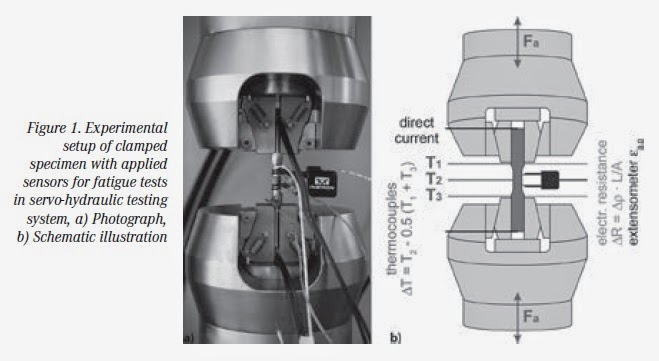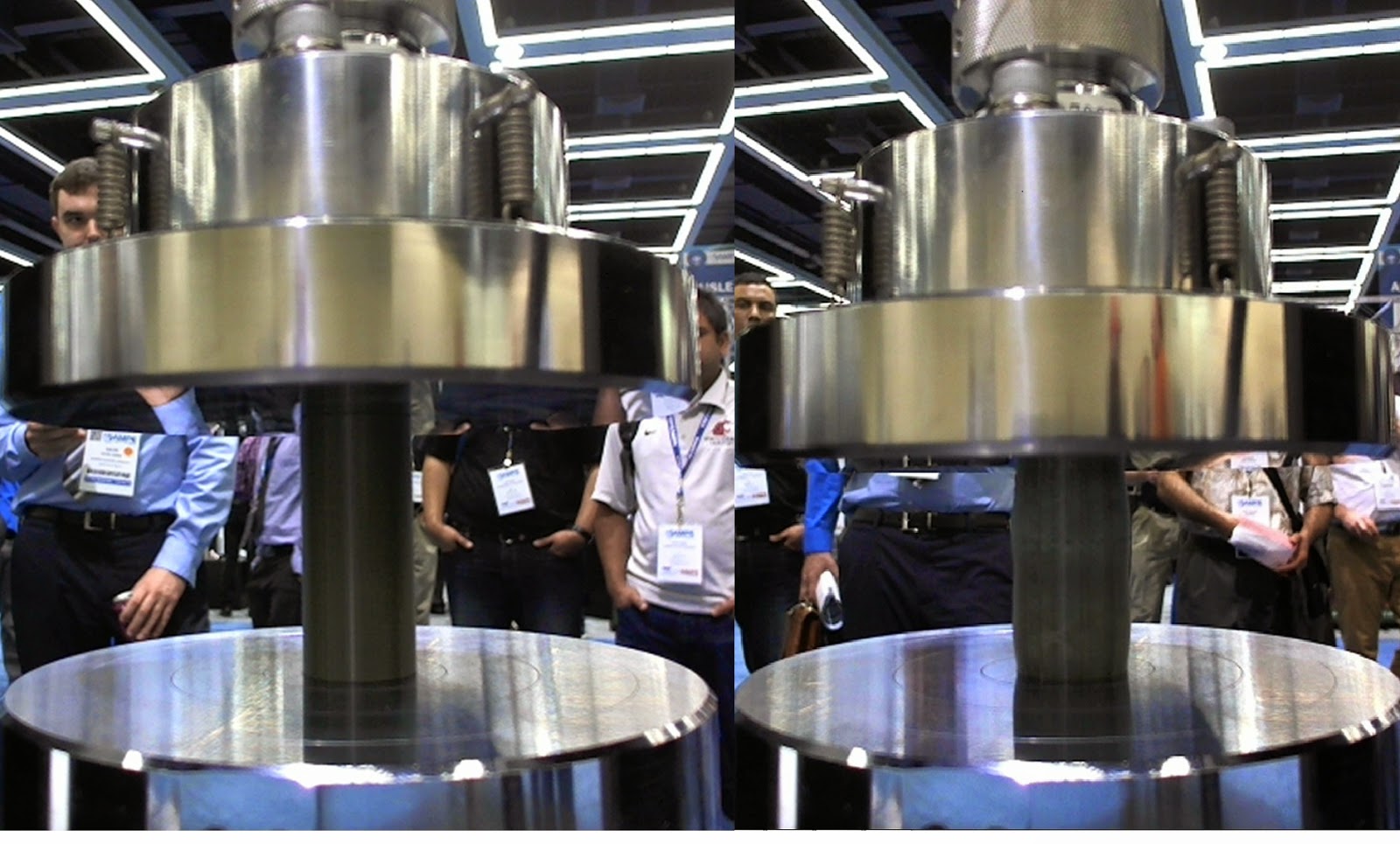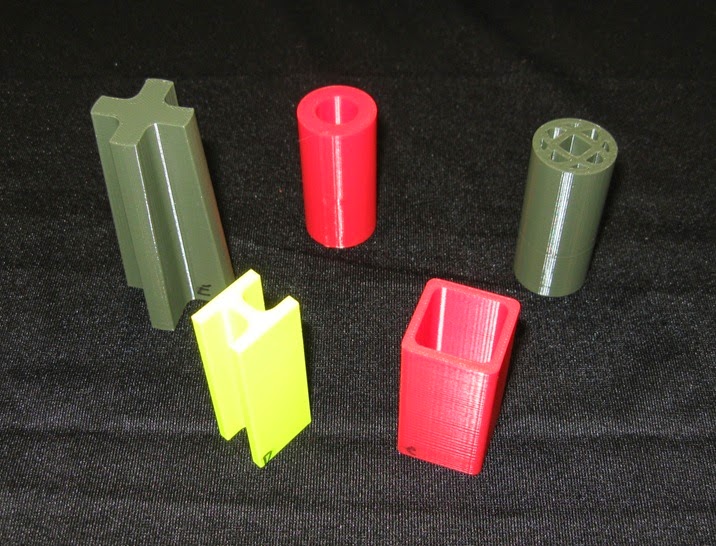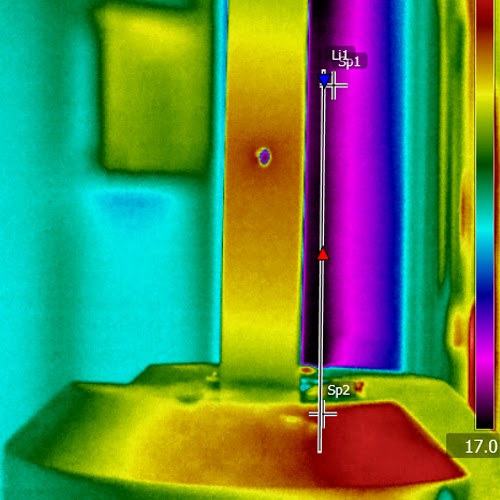This month, Instron hydraulic wedge grips had the privilege to be on the cover of Materials Testing, a German-English materials testing journal. The journal published an article by an Instron customer about testing the fatigue behavior of construction materials.
Microstructure-Oriented Fatigue Assessment of Construction Materials and Joints Using Short-Time Load Increase Procedure is written by Dr. Ing. Frank Walther, a professor of materials testing engineering (WPT) at TU Dortmund University in Germany. The article follows fatigue testing of construction materials with increasing load. Instron's WaveMatrix™ Software allows test runs with continuously increasing load using its "Calculations" and "Advanced Control" modules.
In Walther's experimental test, he used a servo-hydraulic testing system with Instron hydraulic wedge grips. During the test, various environments and manufacturing processes were used to determine how the conditions impacted the fatigue breakage. The fatigue load was increased frequently to determine the cyclic hardening and softening response as well as the cyclic characteristics impact on fatigue strength. Pleasantly, Walther found that this application of continuously adding load actually resulted in thorough data in a short amount of time.
Talk about efficiency!
 |
| Walther's experiment with Instron hydraulic wedge grips as seen in Materials Testing |



.jpg)



